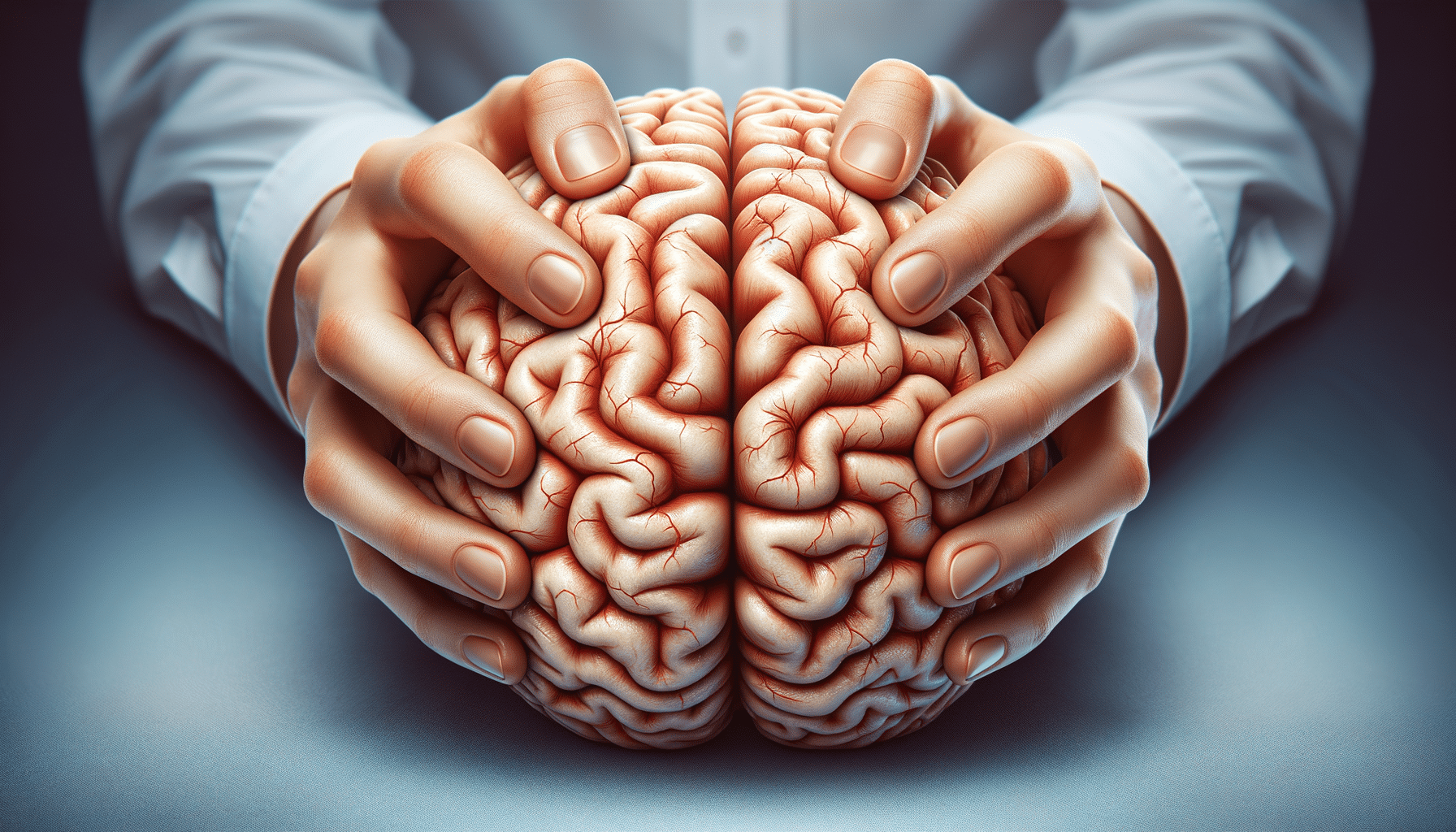
“Relieve the Ache: How Migraine Massage Therapy Offers Natural Pain Relief”
Understanding Migraine and Its Impact
Migraines are more than just headaches; they are a neurological condition that can significantly impact one’s quality of life. Characterized by intense, throbbing pain often accompanied by nausea, vomiting, and sensitivity to light and sound, migraines can be debilitating. According to the World Health Organization, migraines are among the most disabling illnesses globally, affecting millions of people.
While the exact cause of migraines remains unclear, various triggers such as stress, hormonal changes, certain foods, and environmental factors are known to initiate episodes. The pain experienced during a migraine is thought to be related to abnormal brain activity affecting nerve signals, chemicals, and blood vessels in the brain. This is where migraine massage therapy comes into play, offering a natural way to manage these symptoms and improve the quality of life for sufferers.
How Migraine Massage Therapy Works
Migraine massage therapy focuses on alleviating tension in areas commonly associated with migraine pain, such as the head, neck, and shoulders. The therapy aims to improve blood circulation, reduce muscle tightness, and promote relaxation, which can help mitigate the frequency and intensity of migraines. Techniques such as trigger point therapy, myofascial release, and gentle scalp massage are integral to this approach.
Trigger point therapy targets specific areas of muscle tightness that can refer pain to other parts of the body, including the head. By applying pressure to these points, massage therapists can help release tension and reduce pain. Myofascial release involves gentle, sustained pressure on the connective tissues, which can help relieve tension and improve mobility. Scalp massage, on the other hand, promotes relaxation and can directly alleviate headache symptoms.
Benefits of Regular Migraine Massage Sessions
Regular migraine massage sessions can offer numerous benefits beyond immediate pain relief. For many, consistent therapy can lead to a reduction in the frequency and severity of migraine episodes. By addressing the underlying causes of tension and stress, massage therapy can contribute to long-term improvements in overall well-being.
- Improved Sleep: Massage can promote relaxation and improve sleep quality, which is crucial for migraine sufferers.
- Reduced Stress: By lowering stress levels, massage therapy can help prevent stress-induced migraines.
- Enhanced Mood: The release of endorphins during a massage can improve mood and reduce anxiety, common triggers for migraines.
These benefits highlight the potential of migraine massage therapy as a complementary approach to traditional treatments, offering a holistic path to managing this chronic condition.
Techniques Used in Migraine Massage Therapy
Migraine massage therapy employs a variety of techniques tailored to the individual needs of the patient. Understanding these techniques can help sufferers make informed decisions about their treatment options.
Trigger point therapy is a popular technique where therapists apply focused pressure to specific points in the muscles. This method helps release knots and alleviate referred pain, which is often experienced as headaches. Myofascial release, another common technique, involves applying gentle pressure to the fascia, the connective tissue surrounding muscles, to reduce tension and improve flexibility.
In addition to these techniques, gentle scalp massage is often used to relieve headache symptoms directly. This method involves light, circular motions on the scalp, which can promote relaxation and reduce pain. Each of these techniques can be customized to address the unique needs of migraine sufferers, offering a personalized approach to pain management.
Integrating Massage Therapy into a Migraine Management Plan
For those considering migraine massage therapy, integrating it into a comprehensive migraine management plan can enhance its effectiveness. Collaboration with healthcare providers is essential to ensure that massage therapy complements other treatments and addresses the specific needs of the individual.
It’s important to maintain open communication with both massage therapists and healthcare providers to optimize treatment outcomes. Keeping a migraine diary can also be beneficial, helping to track triggers, symptoms, and the effectiveness of various treatments, including massage therapy. This record can provide valuable insights to both patients and practitioners, enabling more tailored and effective care.
Ultimately, while migraine massage therapy may not be a standalone solution for everyone, it offers a promising, natural approach to managing migraines. By reducing reliance on medication and focusing on holistic well-being, this therapy can play a vital role in improving the quality of life for many migraine sufferers.


